Blog

September 20, 2021
Machine Learning to Predict Anesthesia Depth from EEG
Depth of anesthesia describes a patient’s response to general anesthesia. By measuring a patient’s physiological factors, anesthesiologists estimate depth of ...
Read More

August 16, 2021
Why Vaccine Doses Are Staggered
With the growing availability of COVID-19 vaccines, many Americans have had access to a second dose, which is highly recommended ...
Read More

July 19, 2021
“Legal Epidemiology”: the Health Effect of Laws
Since the beginning of the COVID-19 pandemic, the National Institutes of Health (NIH) has contributed more than $3.6 billion to ...
Read More

June 21, 2021
Variation in Intubation and Extubation Practices
Intubation is a staple in critical care and, especially in the midst of a respiratory pandemic, has unfortunately become more ...
Read More
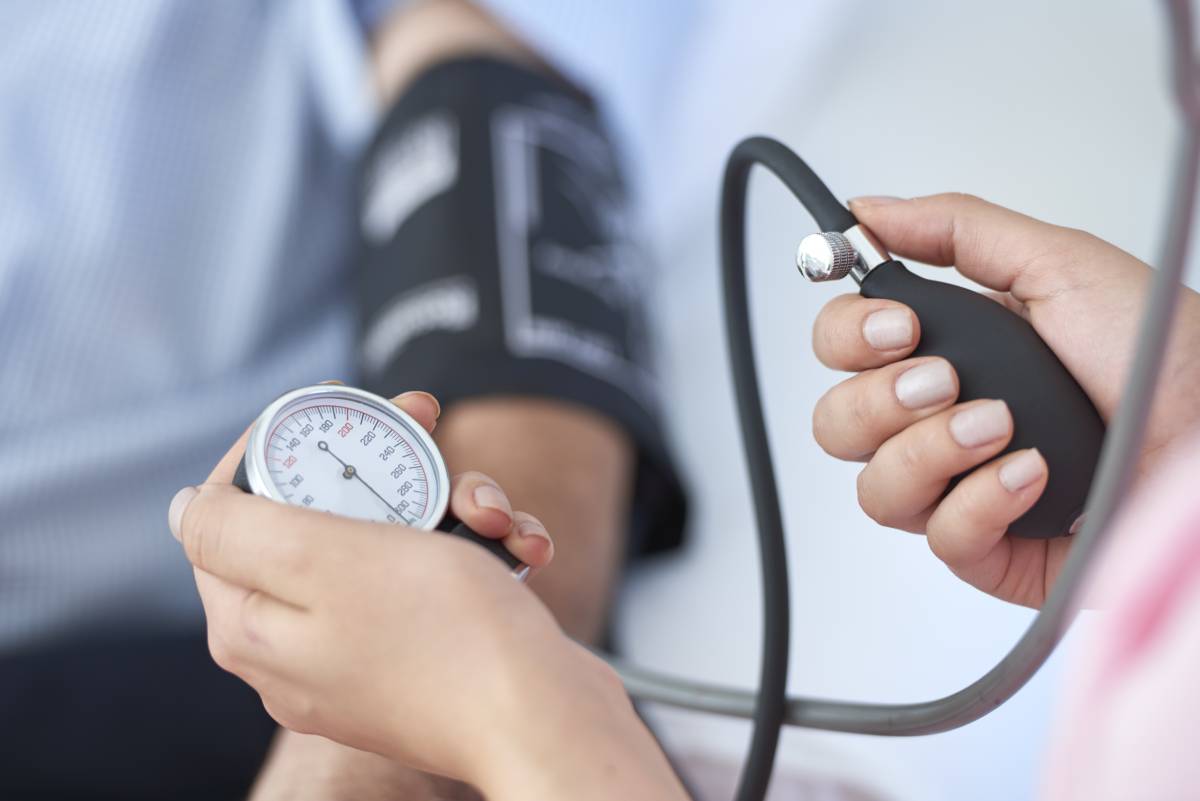
May 18, 2021
Preoperative Management of Hypertension
Approximately 50% of adults in the United States suffer from hypertension, or high blood pressure [1]. The ubiquity of the ...
Read More

April 19, 2021
Cost-of-Care Conversations with Patients
As healthcare costs in the U.S. grow, cost-of-care conversations have become increasingly important. Between 2006 and 2019, the percentage of privately ...
Read More

March 22, 2021
Anesthesia Considerations for Porphyria
The complex production of porphyrins in our bodies is highly regulated and essential for survival. An example of a porphyrin ...
Read More

February 22, 2021
Pseudocholinesterase Deficiency: Anesthesia Considerations
Pseudocholinesterase is an enzyme produced in the liver that is found in most tissues.i Also known as butyrylcholinesterase and plasma cholinesterase, the enzyme metabolizes ...
Read More
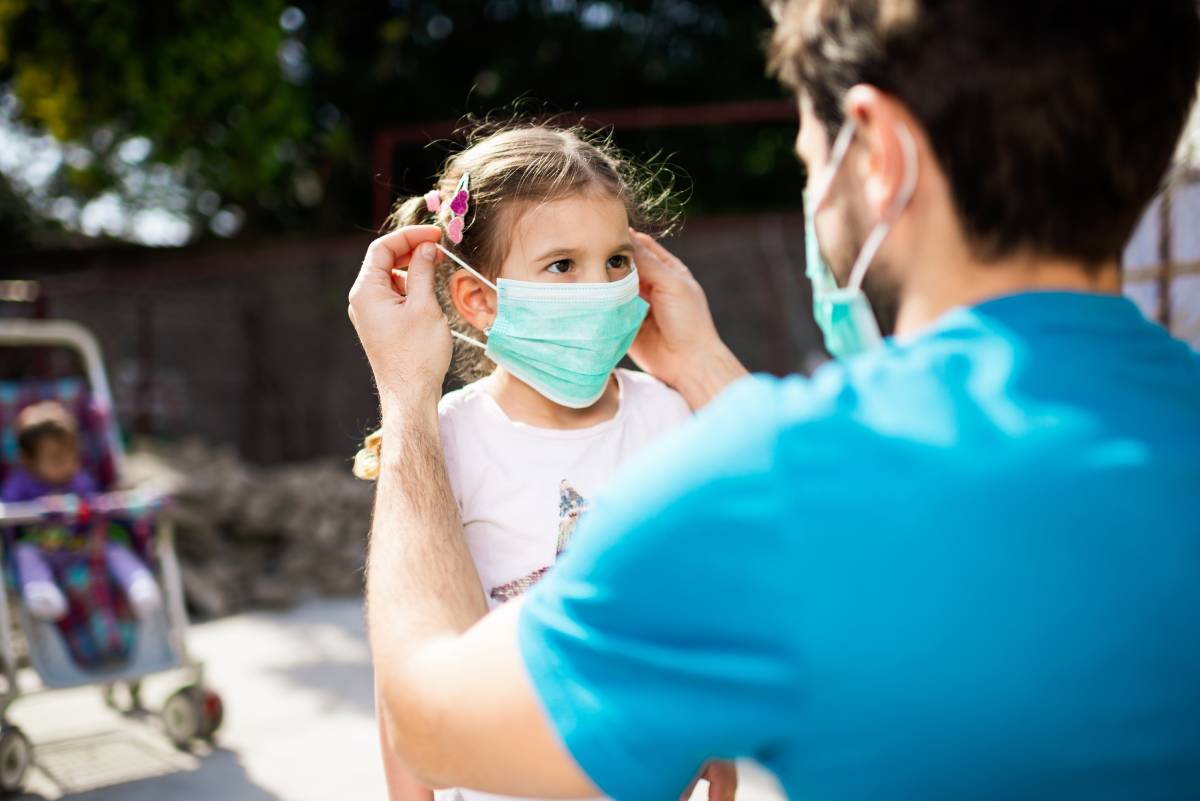
January 25, 2021
The Impact of COVID-19 on School-Age Children: Current Research
In current research, COVID-19 mortality and hospitalization in school-age children appears relatively low.1 However, current research also finds school-age children particularly vulnerable to the ...
Read More
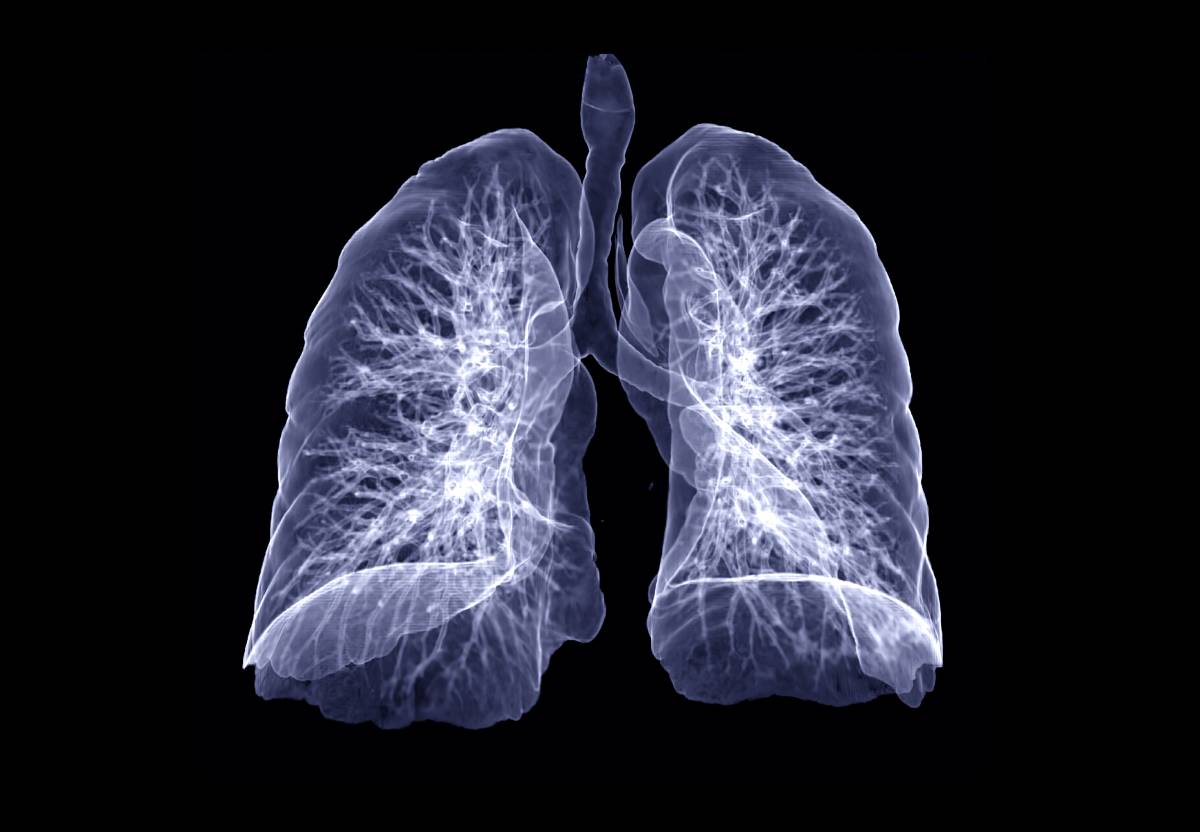
December 28, 2020
Ventilator-Induced Lung Injury: Research and Prevention
The case of mechanical ventilation illustrates both the value and fallibility of medical innovation. While its incorporation into regular medical practice diminished ...
Read More

December 3, 2020
Gender Disparity in Surgery
Gender diversity in medicine has improved dramatically in recent decades.1 In 2017, the number of women entering medical school (50.7%) ...
Read More
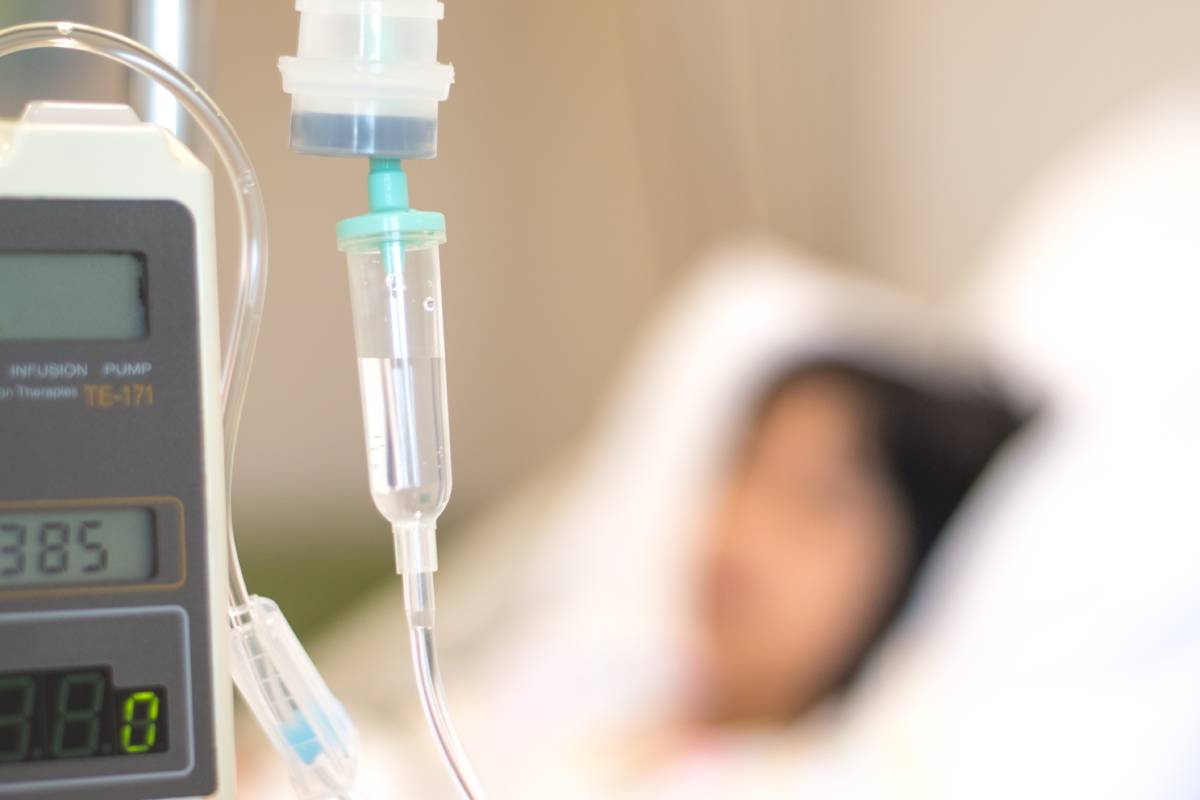
October 30, 2020
The Future of Patient-Controlled Analgesia in Clinical Spaces
Patient-controlled analgesia (PCA) is the administration of pain controlling substances such as opioids or narcotics, where the patient has some ability ...
Read More

September 29, 2020
Understanding Pre-Anesthesia Dietary Restrictions
As modern science and technology has allowed for longer and more complicated surgical procedures to treat increasingly complex medical problems, ...
Read More
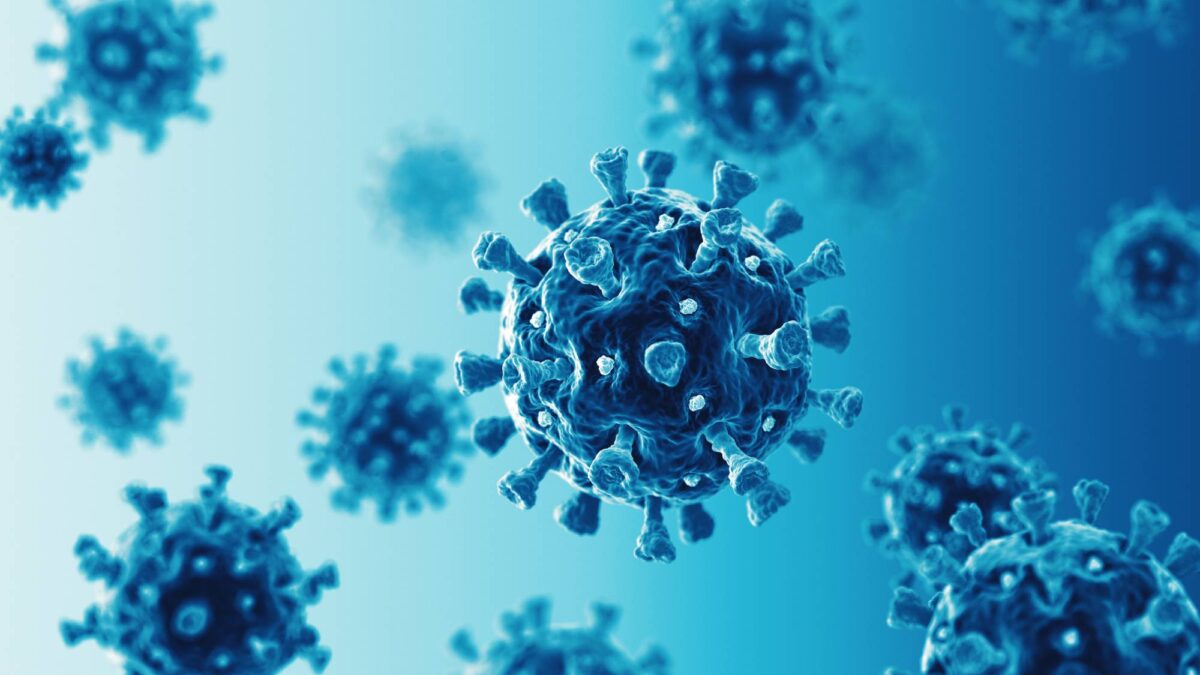
August 31, 2020
Co-infection of SARS-CoV-2 and Influenza
Since December of 2019, the world has become painfully familiar with the SARS-CoV-2 virus which causes the COVID-19 disease [1]. With flu season ...
Read More

August 3, 2020
Lidocaine for Neuroprotection during Cardiac Surgery
The use of lidocaine infusion in cardiac surgery, among many other intravenous anesthetics, has been hypothesized to function in a neuroprotective manner, preventing cognitive decline and ...
Read More

July 10, 2020
Evaluating Domestic Feasibility of Hospital-at-Home Programs
With many hospitals throughout the world overflowing due to COVID-19, healthcare providers have started searching for ways to reduce the patient load. While hospital-at-home ...
Read More
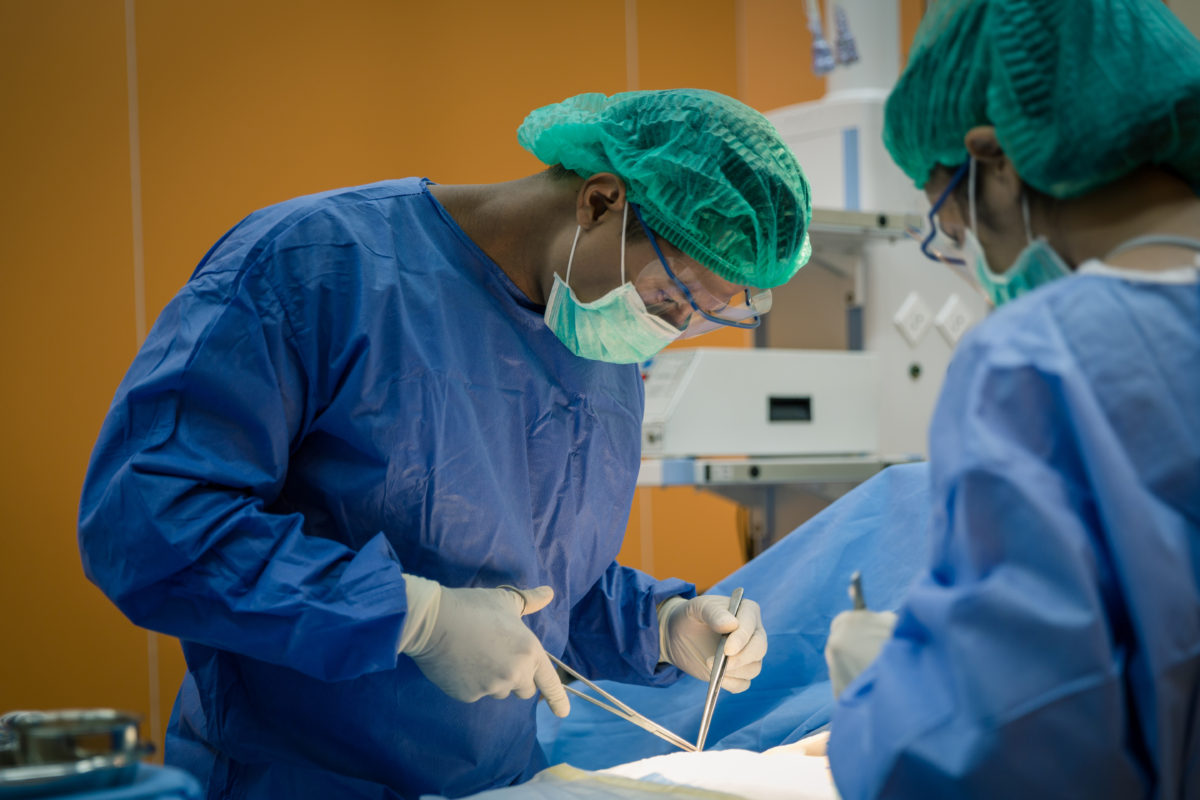
May 6, 2020
Perioperative Yoga for Analgesia and Improved Surgical Outcomes
Aside from providing anesthetic drugs, anesthesiology practitioners are often responsible for managing a patient’s acute and chronic pain.1 Traditionally, opioid medications have been ...
Read More

April 17, 2020
Pediatric Pain Management
Assessing pain in pediatric patients presents perioperative providers with unique challenges. Depending on the developmental age and the setting of ...
Read More
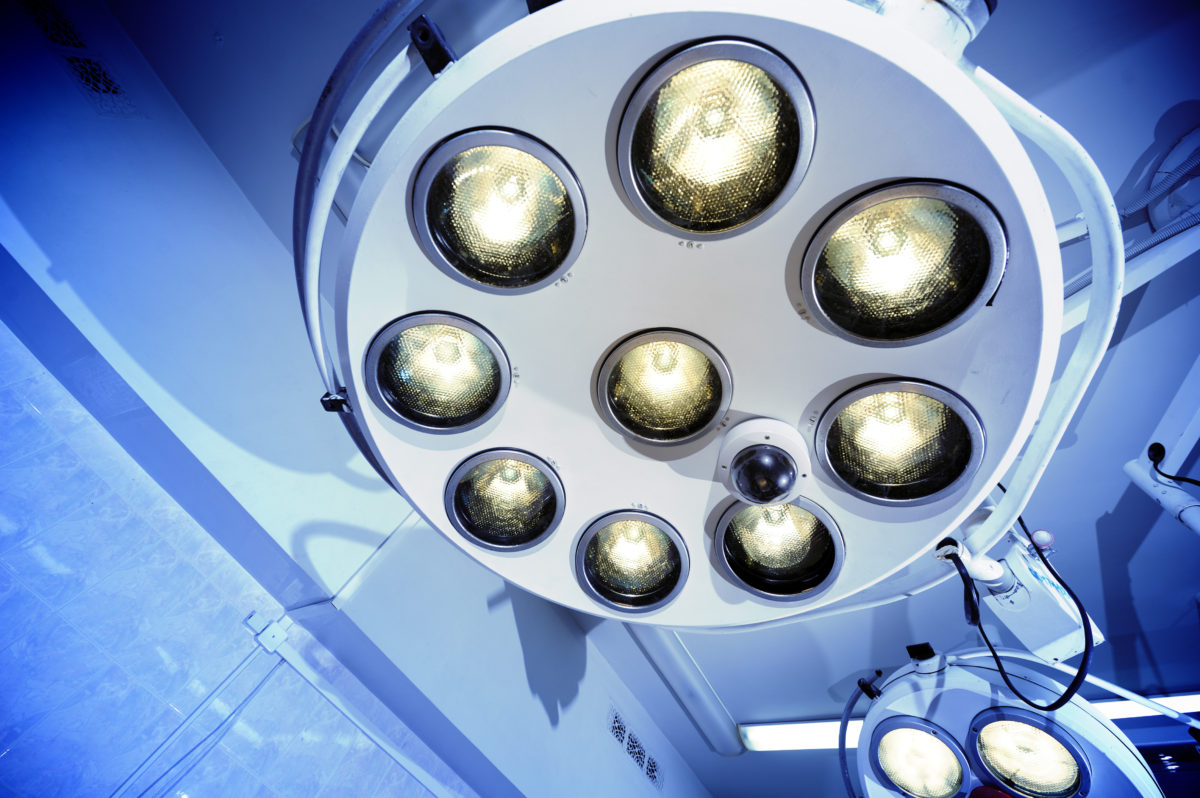
March 27, 2020
Anesthetic Considerations for Patients with Hypertension
Hypertension, or high blood pressure, can cause undue stress on the patient's heart, vasculature, and other organs, leading to a ...
Read More

February 25, 2020
Anesthetic Considerations for Patients with Congenital Heart Disease
Congenital heart disease (CHD) is one of the most common inborn defects, occurring in approximately 8 in 1,000 live births. ...
Read More

February 21, 2020
Postanesthetic Shivering
Though local and general anesthesia are generally very safe, they are often accompanied by mild to moderate side effects.1,2 These ...
Read More

January 8, 2020
Acupuncture in Anesthesia
Acupuncture, a key component of traditional Chinese medicine, involves the insertion of very thin needles through the skin at strategic ...
Read More

December 27, 2019
Information Security for IoT Devices Used in Anesthesia Care
The Internet of Things, or IoT, describes the billions of devices around the world that are connected to the internet, ...
Read More

November 5, 2019
Conflict Resolution in the Operating Room
Patient care is dependent on effective teamwork between the anesthesiologist and the surgeon.Conflict between the two detracts from this shared ...
Read More

November 1, 2019
Types of Conflict of Interest in Anesthesiology
Conflict of interest (COI) arises when a person’s professional responsibilities are, or are at risk to be, compromised by outside ...
Read More

September 25, 2019
Google Cloud Developing New Healthcare AI Tools
Google Cloud has joined Microsoft and Amazon as the most recent tech company to enter the healthcare industry. Partnering with ...
Read More

August 9, 2019
An Overview of Alternative Payment Models (APMs)
The Centers for Medicare and Medicaid Services (CMS) projects that by 2022, U.S. healthcare spending will reach approximately $5 trillion, ...
Read More